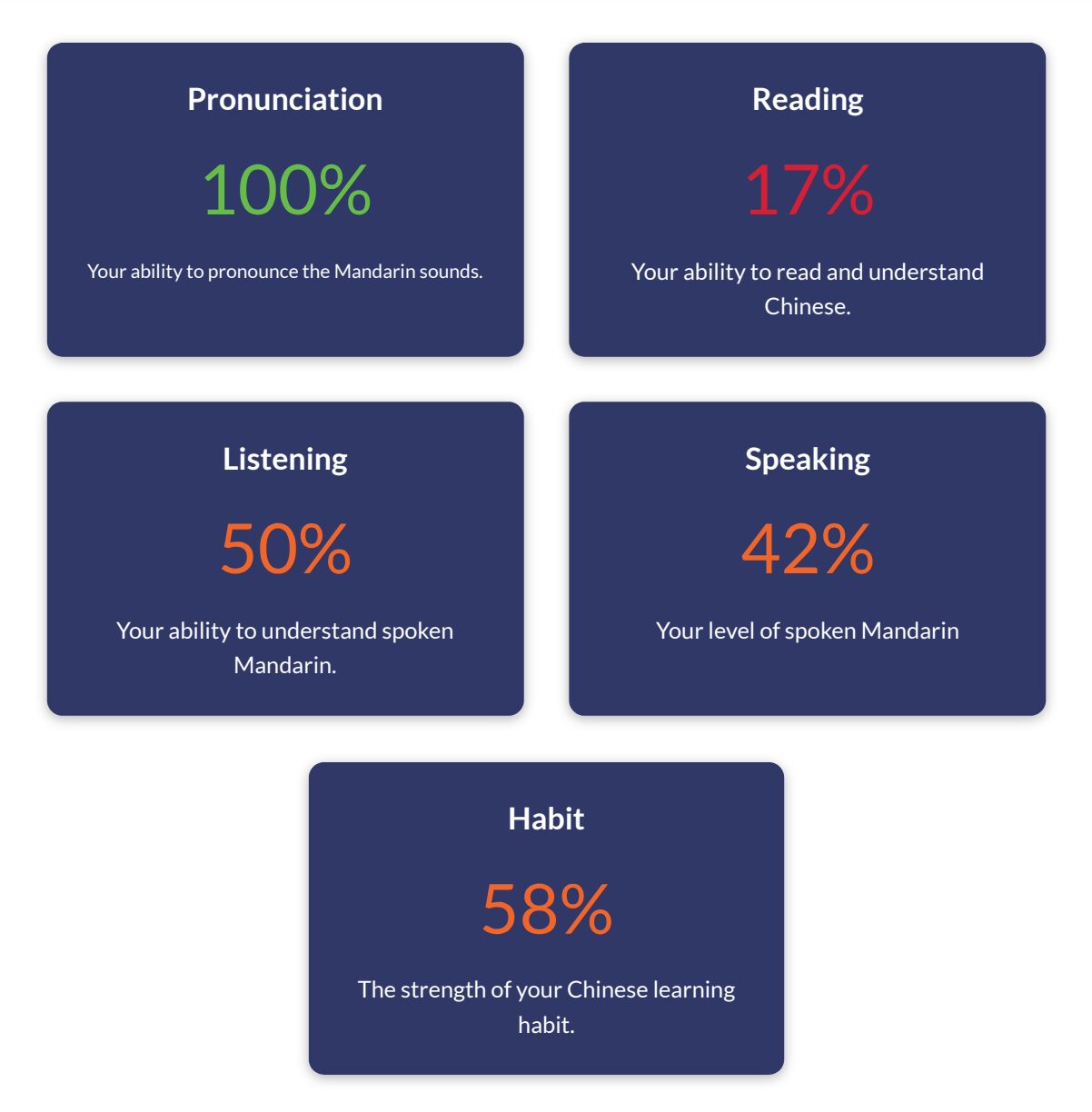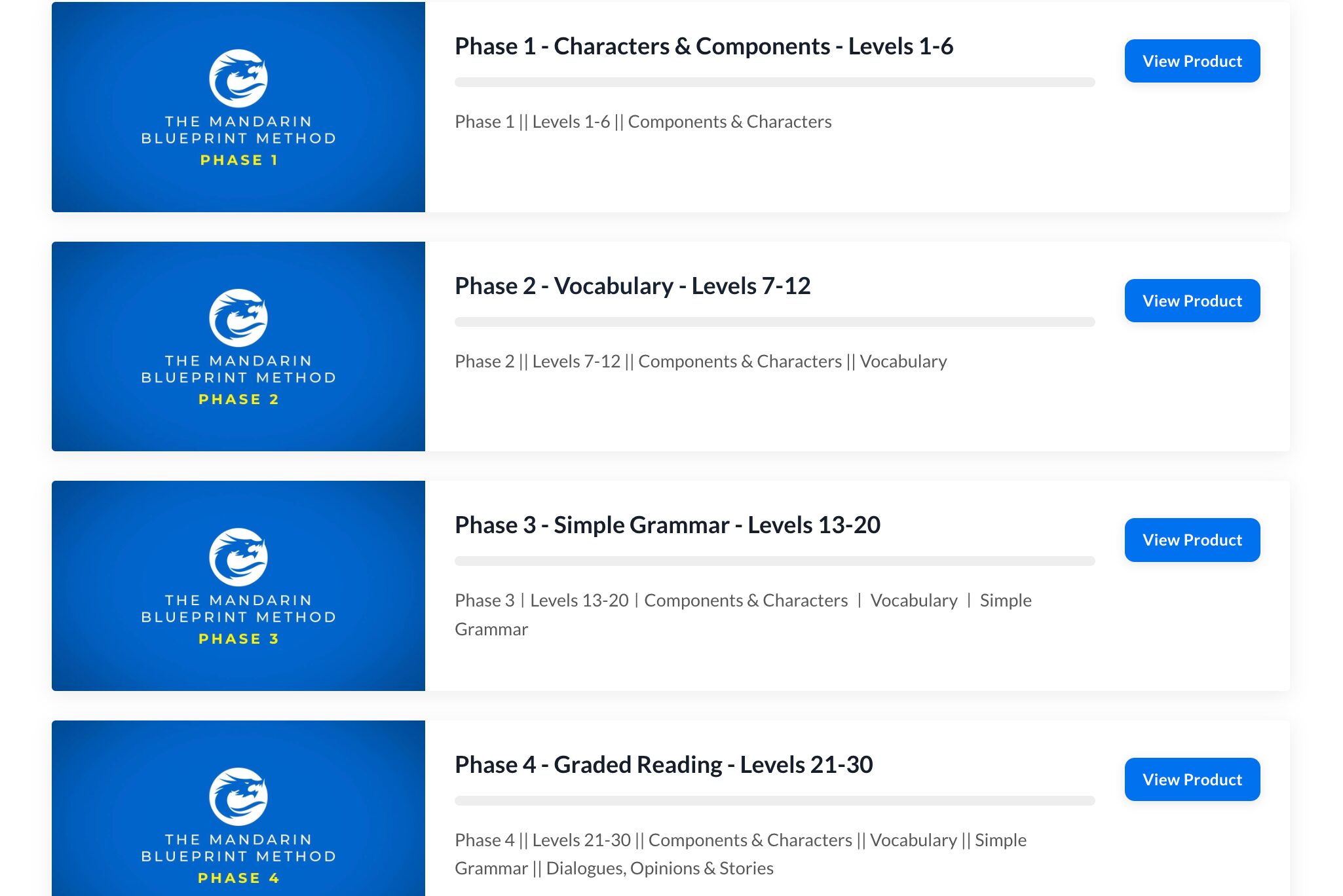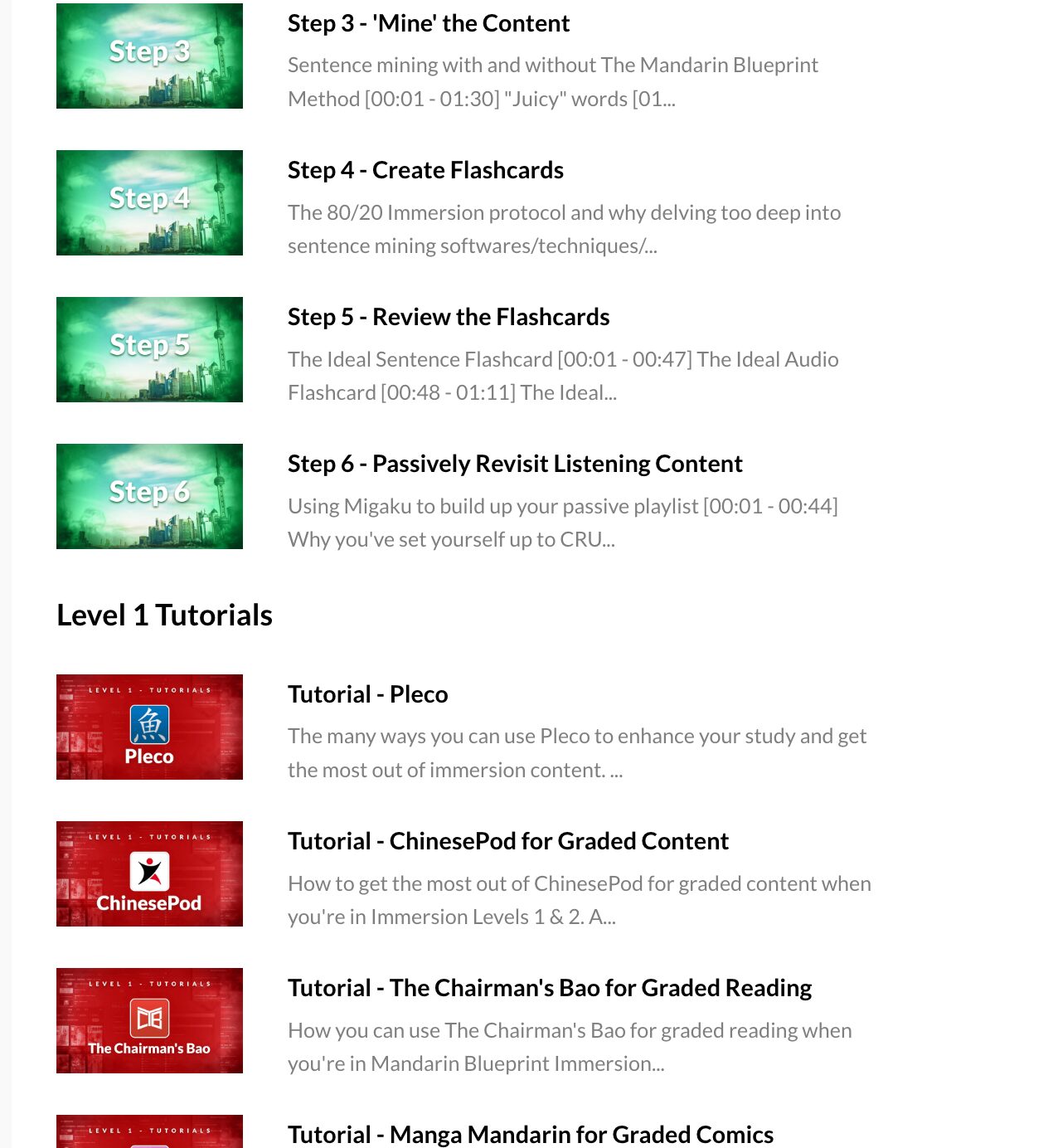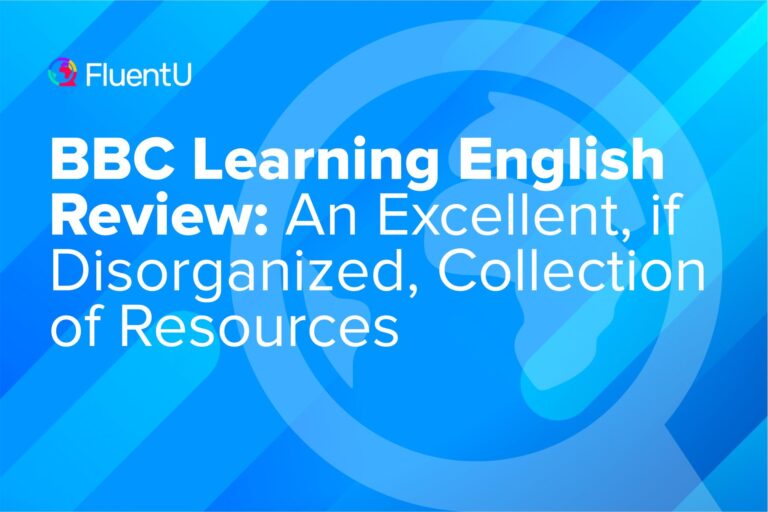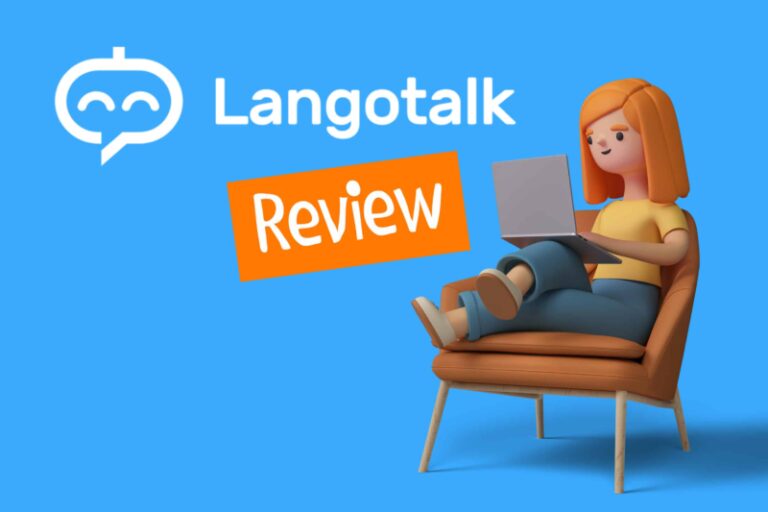Contents
- What is Mandarin Blueprint?
- How Does Mandarin Blueprint Work?
- Mandarin Blueprint Features
- Mandarin fluency scorecard
- Guided course structure with 9,000+ lessons
- Access to the “Pronunciation Mastery” course
- Guided explanations on how to use the “Hanzi Movie Method”
- Access to the Mandarin Immersion Masterclass
- Access to the Habit-Building Bootcamp
- Free lifetime Traverse account for multimedia flashcards
- 1-on-1 lifetime support
- Pros of Mandarin Blueprint
- Cons of Mandarin Blueprint
- Pricing of Mandarin Blueprint
- Mandarin Blueprint Alternatives
- Final Thoughts on Mandarin Blueprint
Mandarin Blueprint Review: Can Get You Fluent, But at a High Price
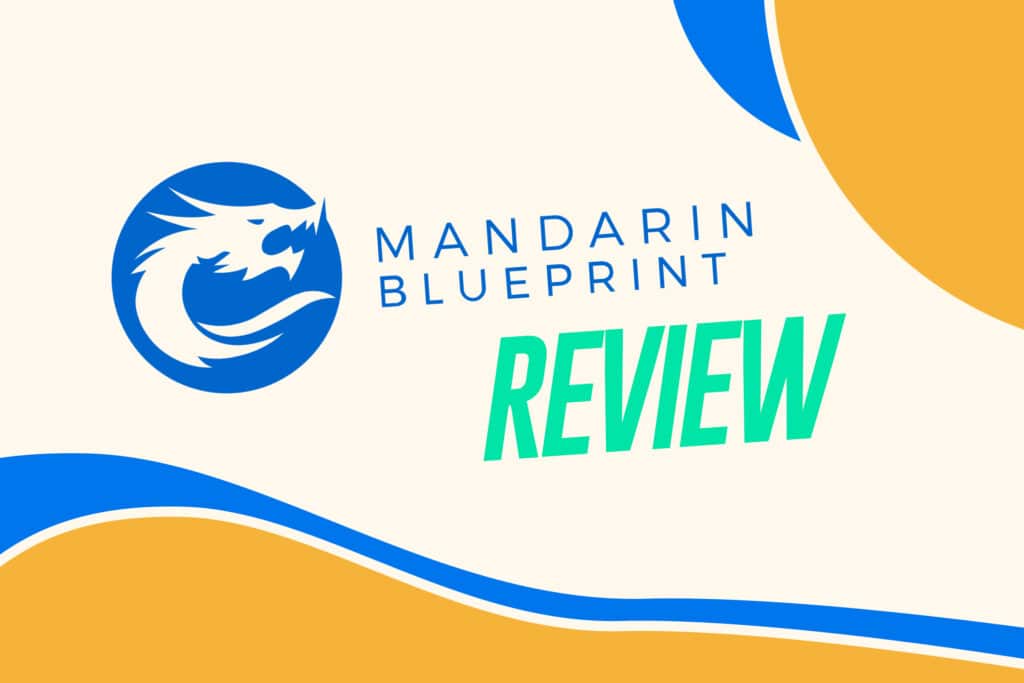
I’ve spent over a decade learning Chinese and have spent time and money on way too many Chinese courses. Mandarin Blueprint claims to teach you 99.4% of Chinese and pass the HSK Level 9, so I immediately wanted to try it.
After nine days of learning with the course on a trial, I can confidently say it can take you from zero to a very advanced level—if you have the money for it.
Overview

Name: Mandarin Blueprint
Description: A Chinese course that uses immersion and mnemonic methodologies to teach you Chinese from zero to HSK level 9 in as little as 800-1,500 hours.
Offer price: One-time payment of $997, or $97/mo for 12 months
Summary
Mandarin Blueprint takes you from zero to advanced Mandarin Chinese by teaching you characters in a logical, strategic order. The founders are two non-native speakers who taught themselves Chinese to fluency using their “Hanzi Movie Method,” which they teach you in the course. You’ll have learned over 3,000 characters and 12,000 words by the end, and they promise a passing HSK Level 9 score.
-
User friendliness - 10/1010/10
-
Delivers on promises - 8/108/10
-
Authenticity - 7/107/10
-
Value for price - 8/108/10
Pros
- Extensive courses that can actually take you from zero to advanced
- Easy-to-follow course structure
- All the study tools you need are included
- It teaches you how to learn Chinese effectively
- You can fly through the lessons pretty fast
- 90-day money-back guarantee
Cons
- It’s extremely expensive
- No free trial
- The amount of course content can be overwhelming
- No grammar focus
Download: This blog post is available as a convenient and portable PDF that you can take anywhere. Click here to get a copy. (Download)
What is Mandarin Blueprint?
Mandarin Blueprint is a three-step course created by two Chinese learners that promises to get you fluent.
They describe it as a “Chinese degree on steroids,” and estimate it will take you 800-1,500 hours to reach fluency. They compare this to the typical 3,500-5,000 hours it takes someone using other study methods.
The course includes over 9,000 lessons, 2,000 videos with a solid structure that builds on itself, over 15,000 multimedia flashcards and more. The creators even go as far as to claim that you’ll have mastered 99.4% of Chinese by the time you finish it.
How Does Mandarin Blueprint Work?
The Mandarin Blueprint course uses the comprehensible input method developed by Dr. Stephen Krashen and their Hanzi Movie Method to teach Chinese. We’ll go deeper into this method later, but it’s basically a process for creating mnemonics.
It uses a three-step structure:
- Step 1: Build understanding
- Step 2: Get messages and understand
- Step 3: Activate what you understood
Step one involves mastering pronunciation and learning Chinese characters, which you’ll do through the video course.
Step two is receiving comprehensible input—listening to and reading Chinese content that’s adequate for your level so that you naturally acquire the language without having to formally study grammar patterns or vocabulary.
Step three is using what you’ve acquired through speaking.
The Mandarin Blueprint Method teaches you everything you need to master step one, “Build Understanding.” It uses mnemonic and visualization techniques to teach you Chinese characters, which you’ll start learning immediately. You only need to learn a few basic characters to move on to step two, where you’ll start acquiring more words and eventually understand full Chinese sentences. Through daily review, the course promises you’ll naturally acquire Chinese grammar without having to study it.
The content builds on what you already know, so within a few hours, you’ll be able to move on to slightly more advanced topics.
By the time you reach the end of the course, you’ll have mastered 3,000 characters and 12,000 words, which they say makes up 99.4% of Chinese (by word frequency).
Mandarin Blueprint Features
Mandarin fluency scorecard
Mandarin Blueprint offers a free “Mandarin Fluency Scorecard.” It’s an online quiz that tests your Chinese level. After taking the assessment, you get a custom fluency guide and a report sent to your email.
The guide uncovers your current weaknesses in Chinese and what’s holding you back from progressing. It also explains your current level and outlines the next steps you should take to reach fluency.
I started by taking the scorecard test, and it was really simple. It takes about a minute (or lesss) to finish, and arrived in my inbox almost immediately. The report is a 12-page PDF that gives you an overall score, then assigns you a score to each Chinese skill. For example, mine looked like this:
I answered the questions as someone who has studied Chinese for seven years total (four to five consistently), but hasn’t practiced in almost two years. And I’d say the results are generally accurate
They don’t test your skills at all during the test—all the questions are in English, and it’s completely a self-assessment. So you have to be brutally honest with yourself.
It’s a good starter, but I would take the results with a grain of salt.
Guided course structure with 9,000+ lessons
Mandarin Blueprint has an exhaustive library of lessons. The lessons are divided into “phases.” Each phase teaches you new characters. They build on each other, so the characters you learn in Phase 1 will be the most beginner characters. As you progress, you’ll be able to write more complex and advanced characters using the radicals and components you learned in Phase 1.
The phases are further broken down into levels. For example, Phase 1 contains Levels 1-6, Phase 2 is Levels 7-12, Phase 3 is Levels 13-20 and so on. There are five phases total, ending with level 36.
Once you’ve finished Phase 5, you move on to the two intermediate-level courses (called “The MB Method”). Then you end with the advanced course, which after finishing, you supposedly can pass the HSK Level 9 exam.
The phases are highly focused on getting you to memorize the characters as fast as possible. Luke and Phil teach the characters based on their Hanzi Movie Method, which they say will train you to learn any Chinese character in less than one minute.
The methodology is based on mnemonics. You choose a mnemonic for each character component and then create a story with them to help you remember the character. You create mnemonics for people, places, objects and actions, and Luke and Phil tell you when to use each one to learn a new character.
Access to the “Pronunciation Mastery” course
The course starts with the Pronunciation Mastery mini-course, which is included in the Blueprint. Although I’m not a beginner, I wanted to see how Luke and Phil teach pronunciation to complete beginners to fully understand the process.
There are 10 units, and Unit 1 has 19 lessons alone—which at first glance seemed unnecessarily long to me. But I was relieved to see that most of the videos are under two minutes long.
Unit 1 goes over all the basics of tones and pinyin, including initials. Unit 2 goes over the three Simple Finals and has 28 units total.
My takeaway from the pronunciation course is that it’s very in-depth and can definitely teach you everything you could possibly want to know about Chinese pronunciation. But honestly, the depth is a bit unnecessary. I didn’t even know what an initial or final was until I was in Chinese university classes after seven years of self-study, and I was constantly complemented on my pronunciation.
Chinese pronunciation becomes very intuitive after you expose yourself to the language, and I feel like spending too much time on pronunciation at the very beginning can become demotivating for many people since you haven’t actually learned any Chinese words yet (but have spent 10 units and 50+ lessons learning about pinyin).
My recommendation? Take the first few lessons to get the basics down. Then move on to the main course while continuing to work through the pronunciation course. That way you sustain motivation but also nail pronunciation.
Guided explanations on how to use the “Hanzi Movie Method”
Mandarin Blueprint uses their “Hanzi Movie Method” to teach characters.
It’s essentially very detailed mnemonics, and you end up making a memorable “movie” scene for each character you learn. The method works by having you create props, sets and actors that represent different parts of Chinese characters.
Props represent character components and radicals—they’re items that you choose to represent the character based on what it looks like in your mind. For example, I chose a cigar as my prop for 一 (yī).
Sets represent the finals in Chinese (ending sounds of Chinese words) and are places that have some kind of significance to you. My set for the final -an was my parents’ current home, and my apartment in Peru represented the final i sound (as in shì).
Finally, actors are people you choose to represent the initial of the Chinese word. They can be celebrities, people in your personal life, etc. It sounds totally ridiculous, but my actor for sh was my ex-husband’s cousin named Shawn.
The first character you learn in the course is 十 (shì), which I already knew, but I wanted to practice using the Hanzi Movie Method. After following it step-by-step, I ended up with a story about how my ex-husband’s cousin Shawn was in my apartment in Peru with a cigar, which he threw on the ground when it went out making a loud groaning sound (to represent the fourth tone—the falling tone).
This is what the first few lessons walk you through how to do. In fact, you even have Traverse flashcards specifically for your actors, props and sets.
At first glance, it seems like a long, drawn-out process. Each level contains around six lessons and by the end, you only learn one character because the first few lessons go over how to create a movie scene to remember it. But the creators promise that by character 105, you won’t even need pinyin anymore if you stick to the method. And once you reach the intermediate levels, you only need one short lesson per character.
As you go, you’ll also see “New Vocabulary Unlocked” videos. These introduce you to new words you can make using the characters you now know, and they happen pretty early in the course.
You’ll keep using the Hanzi Movie Method for all courses, including the HSK 9 advanced-level ones.
Access to the Mandarin Immersion Masterclass
This is one of the three courses you get after signing up for Mandarin Blueprint. It has 10 hours of videos and a list of resources you can use to immerse yourself in Mandarin.
The resources are organized on a Notion page with dropdowns that let you find content at your level.
The course is exhaustive—it’s divided into four immersion levels, and each level has tutorials on how to use different resources when doing immersion learning. In Level 1 you’ll also find “The Six-Step System for Mandarin Immersion,” a six-video mini-course explaining how to use their immersion method.
Access to the Habit-Building Bootcamp
This boot camp is the third (and final) course in the Mandarin Blueprint bundle. It contains four hours worth of video lessons complete with accompanying PDF downloads and homework assignments.
The goal of the boot camp is to set you up for a consistent Chinese learning journey. They teach you how to create long-lasting study habits by optimizing your environment and shifting your mindset.
You’ll also learn the best strategies for tracking progress, reviewing what you’ve learned and refining your habits.
Free lifetime Traverse account for multimedia flashcards
Purchasing Mandarin Blueprint comes with a lifetime subscription to Traverse, a spaced-repetition software that you normally have to pay for separately.
The second video in the Pronunciation Mastery course walks you through how to set up your Traverse account, and it was the easiest process I’ve ever gone through for getting course flashcards.
You sign up with the same email address you used for your Mandarin Blueprint account and after creating a password, every single flashcard deck from the Blueprint courses is already downloaded to your app.
The flashcards come with multiple audios so you can hear various native speakers pronouncing the word. And the same goes for full sentences.
1-on-1 lifetime support
Once you sign up for Mandarin Blueprint, you get lifetime access to their community Facebook group. They encourage you to use the group for accountability, to find study buddies, post your progress and the like.
Their support team also replies to emails insanely fast. When I reached out to Mandarin Blueprint via email, they responded to me within one hour.
Pros of Mandarin Blueprint
Extensive courses that can actually take you from zero to advanced
I’ve taken a lot of Mandarin courses, and I can confidently say that Mandarin Blueprint is the most extensive one I’ve seen. The content is well-organized and seemingly endless. Most courses only take you to an intermediate or upper-intermediate level, but I truly believe Mandarin Blueprint can take you as close to fluency as one course can.
Easy-to-follow course structure
Mandarin Blueprint follows a specific course structure that you can move through at any pace you want. It’s easy to follow, and you can always see your progress in a course as you move through the levels.
The lessons also build on each other in a very logical way. The characters are introduced in an order that makes Chinese feel easy, then builds on the ones you’ve already learned to multiply your vocabulary. The words might feel random or useless at first, but if you trust the process, it starts making sense relatively fast.
All the study tools you need are included
You won’t ever have to download or use an outside study tool. Mandarin Blueprint includes everything you need—resource tutorials, the free subscription to Traverse flashcards, Chinese videos, movies, TV shows, mangas and more.
It teaches you how to learn Chinese
What I find unique about Mandarin Blueprint is that the course is focused on the learning method just as much as the Chinese words you’re learning. Most courses give you the vocabulary and grammar you need, and it’s up to you to figure out how you’re going to study them. But Mandarin Blueprint takes care of this for you, having you apply the study method as you go through the course.
You can fly through the lessons pretty fast
Even though the content can look overwhelming, the videos are almost always very short. Many phases and levels have 20+ videos to go through, but most are only one to five minutes long.
And because the characters build on each other and the focus is on creating mnemonics, I could get through levels much faster than I expected without feeling burnt out at all. It felt like I was speedrunning the course without trying to.
90-day money-back guarantee
Mandarin Blueprint guarantees they’ll refund you for any reason if you request your money back within 90 days of your purchase, which is a huge relief because the course isn’t cheap (more on this now).
Cons of Mandarin Blueprint
It’s extremely expensive
The biggest con of Mandarin Blueprint—without a doubt—is the price. It’s not affordable for (what I’d imagine is) most people. It costs $997 for lifetime access, and if you don’t want to make that payment all at once, you can choose to pay $97/month for a year.
No free trial
Because it’s so expensive, I was at least expecting a free trial—but there is none. The founders are very confident in their course, and there is a 90-day money-back guarantee, but it’s still much riskier to make a big investment like that without having any sneak peek of what you’re paying for.
The amount of course content can be overwhelming
Even though you can fly through the lessons pretty fast, it doesn’t change the fact that looking at the amount of videos in a level or phase can be—intimidating.
Some people might like the extremely short lessons, but I personally prefer having one to two medium-sized lessons (say, 15-20 minutes) than looking at a playlist of 20 two-minute videos. I just felt like most of the content could’ve been combined.
No grammar focus
Because Mandarin Blueprint places a heavy focus on acquiring the language, there’s no course on Chinese grammar.
It’s 100% vocabulary learning until you start using the immersion masterclass resources, which still don’t teach you anything. The goal is that you’ll naturally pick up the grammar patterns by watching the content.
This is great for people who don’t want to study grammar. But I’ve always found that I learn faster when I do.
Pricing of Mandarin Blueprint
Mandarin Blueprint has two pricing options: a one-time payment of $997 or 12 monthly payments of $97. This comes with:
- The Mandarin Blueprint Method (the main course)
- Mandarin Immersion Masterclass
- Habit-Building Bootcamp
- Lifetime support
- Lifetime access to the Traverse flashcard app
- Community forum

Mandarin Blueprint Alternatives
Yoyo Chinese
Yoyo Chinese has six full Chinese courses—Beginner Conversational, Chinese Characters, Intermediate Conversational, Chinese Characters II and Upper-Intermediate Conversational.
There’s also a Chinese grammar series with 71 lessons and a “How to Say in Chinese” series with 51 lessons.
It won’t take you to as high of a level as Mandarin Blueprint, but the course is video-based and has an easy-to-follow, buildable structure that will get you to a relatively high conversational level in six months.
Plus, it’s much more affordable with subscriptions of $14.99/month and $19.99/month, annual payment options or a one-time payment of $299 for lifetime access.
FluentU
Similar to Mandarin Blueprint, FluentU teaches Chinese through immersion—but it does teach you grammar patterns that you come across in the videos, which I like.
FluentU isn’t a structured course like Mandarin Blueprint. There are playlists for Beginner 1, Beginner 2, Intermediate 1, Intermediate 2, Advanced 1 and Advanced 2. The playlists are like courses without too much structure—you just watch the videos until you complete a playlist, learning the vocabulary and grammar as you go.
And if you come across a word that’s not included in the vocabulary list while watching, you can click on it in the subtitles to see the meaning, pronunciation, examples and add it to a flashcard deck.
Like Yoyo Chinese, FluentU has monthly and annual subscription options that are much cheaper than Mandarin Blueprint.
Final Thoughts on Mandarin Blueprint
Mandarin Blueprint is one of the most comprehensible Chinese courses to exist, without a doubt.
It can take you from zero to advanced, the methodology works, you can go at any pace and you won’t have to use any study tools outside of what the course gives you.
I just wish it was more affordable and that there was at least a small focus on grammar. But if you have the money, I would fully recommend it.
